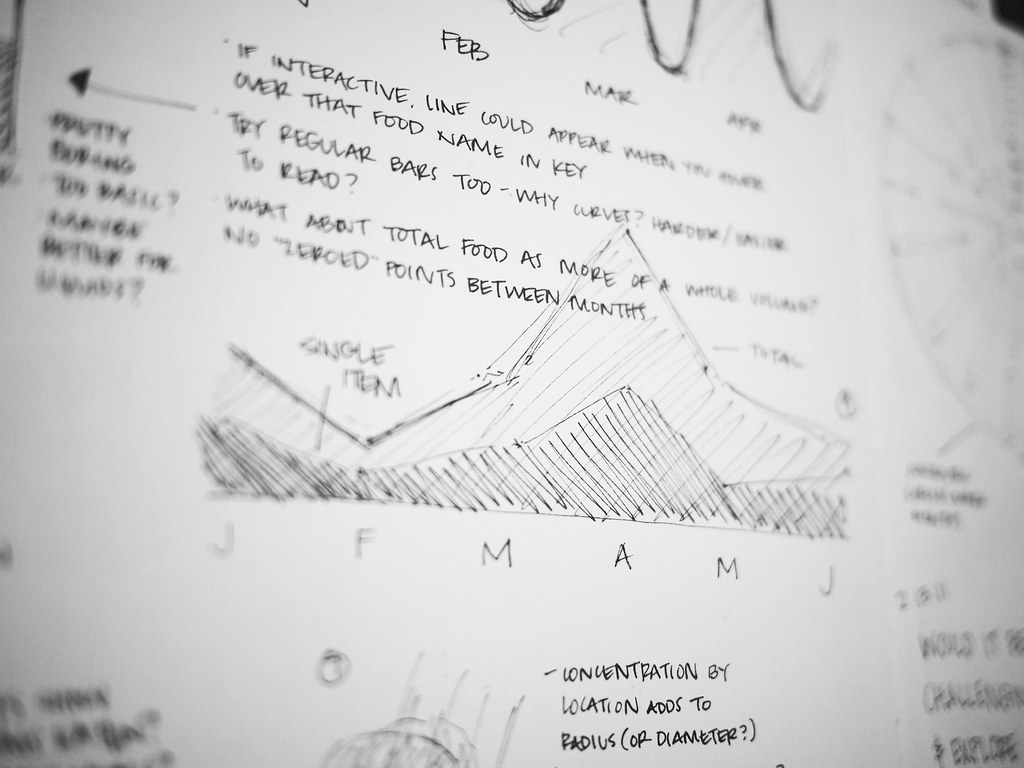The use of data visualization has exploded in recent years. It is a resource widely used by the press, the government and other organizations to communicate much more effectively to the general public. For example, newspapers widely used graphs to display the advance and retreat of COVID in various parts of the world.
However, this type of communication overlooks a portion of the population. For example, people with blindness and low vision do not realize the effectiveness of data visualization communication, such as exploring and analyzing statistical graphs, diagrams and maps. According to the WHO, visual impairment affects at least 2.2 million people, affecting 2.2% of the Spanish population and 3.6% of Brazilians.
In a recent article, Monash University and Microsoft Research researchers recognize many barriers to advancing inclusive data visualization. Marriot et al. 2021 cited some measures as a call to action with solutions for advancing research in inclusive data visualization:
- Understand how people with disabilities access data and use visualization at different times of the day;
- Investigate which are the multiple modalities and devices developed for more accessible interaction and presentation of data;
- Establish accessible guides for visualizing data closer to the needs of the disabled audience;
- Develop tools to facilitate the creation of accessible data visualizations;
- Develop tools to enable people with disabilities both to consume visualization and to create and manipulate data;
- Understand more deeply which disabililties most impact the use of data visualization and why.
Breaking down barriers and advancing these issues requires an intersection between visualization and accessibility researchers. Some strategies, such as sonification, tactile visualization and even olfaction, are under development. However, they still have high costs and expensive technologies for many of the public. Therefore, the following initiatives should move towards faster, cheaper and more accessible solutions.


Be First to Comment